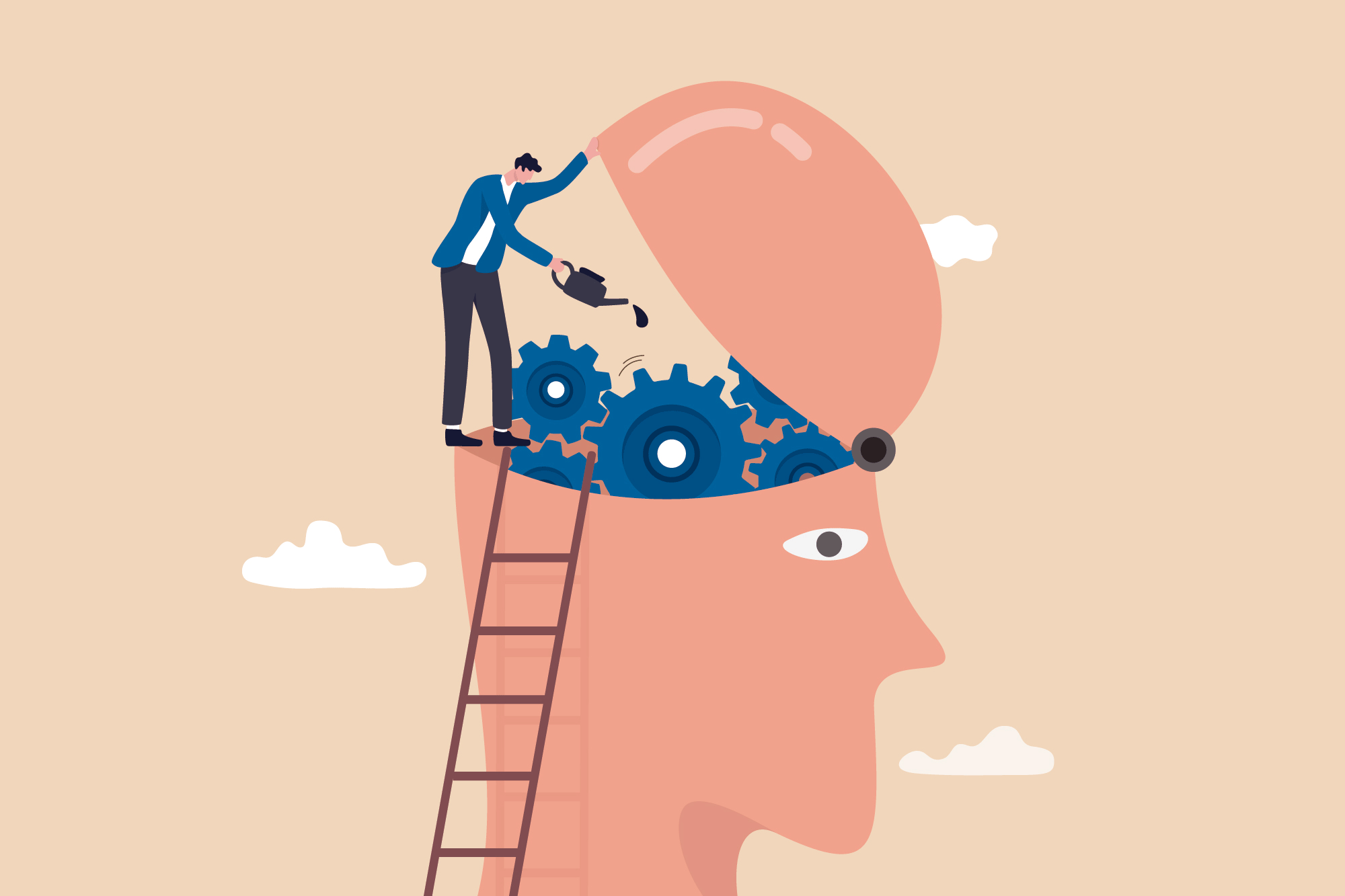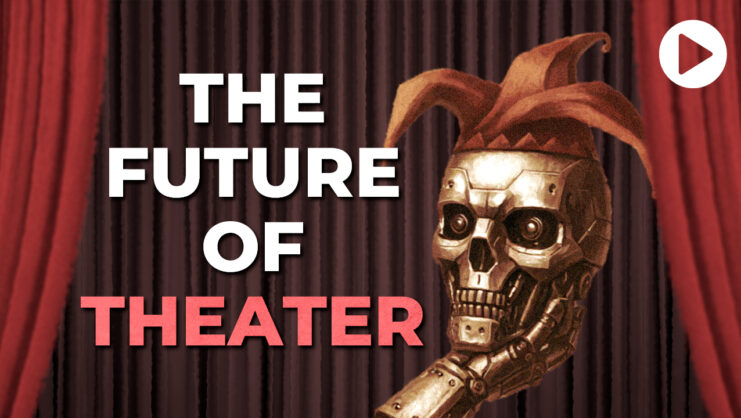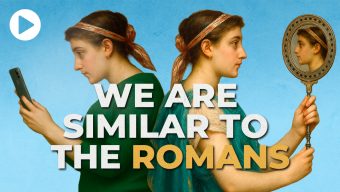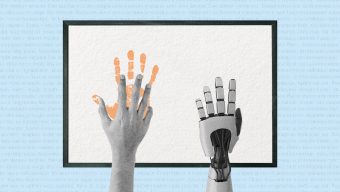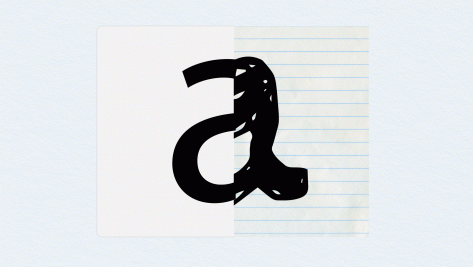Throughout history, there are certain questions to which we human beings always seem to return. Where do we come from? Where are we headed? What happens after death? We are, and have consistently been, focused on how to live a good life, how to do the right thing, how to be happy.
These questions – and the philosophical dilemmas that produce them – are particularly present in the XXI century. The rise of technologies such as artificial intelligence and the autonomous car have made such thinking necessary for us as individuals and also for the big tech firms. How do we ensure that good decisions are made when it comes to creating and using new technologies? And, how can we be certain that these decisions are indeed “good” just because they solve our problems, or at least the problems immediately at hand?
The best way to attempt to answer these age-old questions is to study those who have worked on them throughout history: the philosophers – and particularly those that began their work thousands of years ago, the Stoics.
Stoicism, as we know it today, has evolved from the time of Zenon (also known as Zeno), the first known Stoic philosopher (around 300 BC), to the current focus of modern scholars and gurus that takes the practice beyond philosophy. Stoicism is an important tool that is increasingly present in literature, the media, and even the corporate world. In the face of today’s great social, technological, and trans-humanistic challenges, a new generation of Stoics is trying to understand how we can live a fuller, more conscious, and happy life, with solid values that are adapted to the current VUCA (volatile, uncertain, complex, ambiguous) moment. This endeavor responds to a time in which, as Enrique Rojas defined in his 1998 book El Hombre Light, a new generation of humans – a hedonistic and materialistic society – are focused on achieving success as a way to happiness, and who understand success as money and consumption resulted in insecurity, vulnerability, indifference, and ultimate unhappiness. It is from this existential emptiness, built on unlimited tolerance, that the resurgence of Stoicism has sprung.
“Nothing in life is as important as you think it is, while you are thinking about it.” –Daniel Kahneman
Let’s rewind a little. What exactly is Stoicism? At first glance, the explanation does not seem too complicated: it is a school of philosophical thought born in classical Greece, founded around the 3rd century B.C. by Zeno of Citium. Zeno’s main motivation was to propose new and practical ideas apart from the Epicurean and Cynic schools and his theories are in relation to these two great influences in his life: what he learned as a member of the philosophical school of the Cynics and his opposition to the school of Epicurus. The name comes from the place where Zeno gave his lessons, the portico (stoá) painted (poikilè) to the north of the Agora of Athens. Thus, the Stoics were the ones who met in the Stoa to learn from Zeno. In very simple terms, one could look at Stoicism as a school of philosophy that tries to answer the question of how to live a good life and the answer is related to several factors, one of them being making good decisions in a rational way.
Before I continue, I have a confession. I am an engineer and an academic director at a school focused on science and technology. I am not a philosopher. While I may make recommendations to my students that they read some of the modern philosophers (Donaldson, Pigliucci, Holiday) as well as the classical (Seneca, Epictetus, Marco Aurelio), the truth is that I cannot claim to have taught or studied with detail the history or basic principles of Stoicism. What I have is a technical education and experience as an entrepreneur and a manager. But, there is something else (there always is.) For many years, I have unknowingly applied the techniques of Stoicism in my personal life and in my work. Under fire. Day to day. I probably won’t be capable of discussing with Massimo Pigliucci the eudaemonist approaches to the dignity of death, but I have lived through dramatic transformations in companies and industries. I have led from the trenches, gotten my hands dirty with the pure and hard practice of Stoicism far from the towers of academia and the comforts that even consulting can provide.
Institutions including the World Economic Forum and the Horizon 2025 of the European Union have been predicting, for years, that critical thinking and complex problem solving (CPS) will be among the skills most in demand by organizations in the future. It is curious but these disciplines, in particular the latter, do not enjoy general cultivation amongst managers and professionals, or even those individuals who simply want to develop basic life tools that might work in accordance with the expectations that come from society. Furthermore, critical thinking techniques, creativity, and decision-making and problem-solving methodologies are applicable in any field, in the management of companies or in public administration, as well as in all areas from operations, finance, communication, and HR to innovation and technology.
Entrepreneurs, managers, and CEOs must often deal with complicated situations, sometimes even desperate, and in circumstances that are not entirely under their control. In these moments, it’s more than possible that leaders might lose their nerve and perspective in the face of high personal and economic cost that also impacts others. It is impossible to find a solution in these situations without using the principles of Stoicism (whether you realize it or not), because resolving complex problems requires a series of eminently stoic virtues.
Stoic principles are based on perceiving and reacting correctly and developing the will to accept and tolerate what happens. This coincides with the ability to make critical and accurate diagnoses, to be able to draw up strategies and value propositions, and to accept that not everything is under one’s control, that luck plays its part. This is difficult for politicians and senior managers to understand, but it is essential because many of the problems they face cannot be resolved with known solutions, they are not working on turnkey projects.
Business and political leaders are the ones who must make decisions about the path and lead their teams through unpredictable scenarios and do so after everyone has exhausted their reserves of books, experience, and energy. The theories and tools of Stoicism have been applied for centuries in moments like these and can be adapted to the situation. Now and then a new current appears, normally in uncertain and complex times. When the going gets tough, the Stoics get going.
“There is no one less fortunate than the man who is forgotten by adversity because he has no opportunity to test himself.” –Seneca
Why does Stoicism work? Because it’s been around and it’s been tested. While I talk to my students about the theory published by George Doran in his 1981 article “There’s a S.M.A.R.T. way to write management goals and objectives”, what Seneca said a millennia ago also applies: “If one does not know to which port one is sailing, no wind is favorable.” This is decision making, it is environmental analysis, complex problem-solving, critical thinking, innovation, strategy. Nothing makes sense without an understanding of the foundations. Logic, grammar, physics. Epictetus, Seneca, Marcus Aurelius. The development of virtues like wisdom, courage, justice, and temperance. Stoicism will never go out of style.
© IE Insights.



